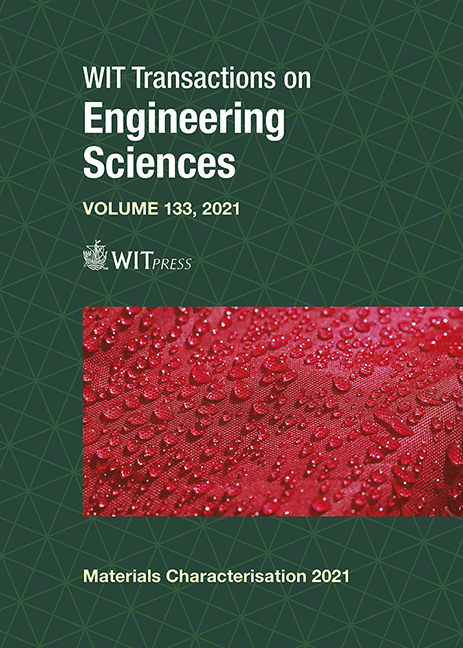TIN(II)-CONTAINING FLUORIDE ION CONDUCTORS: HOW TIN MULTIPLIES THE FLUORIDE ION CONDUCTION BY UP TO THREE ORDERS OF MAGNITUDE
Price
Free (open access)
Transaction
Volume
133
Pages
10
Page Range
167 - 176
Published
2021
Paper DOI
10.2495/MC210181
Copyright
Author(s)
GEORGES DÉNÈS, ABDUALHAFED MUNTASAR, M. CECILIA MADAMBA, JUANITA M. PARRIS
Abstract
Electrical conduction by the motion of ions in the solid state was considered to be impossible for a long time. When Michael Faraday discovered that solid lead(II) fluoride conducts electricity when heated, it was an anomaly and the conduction mechanism remained ununderstood for long. Nowadays, several ions of small size and low charge, such as H+, Li+ and F–, are known to be highly mobile in solid compounds provided the crystal structure contains pathways that make possible easy ionic motion. We have prepared new compounds, PbSnF4 and BaSnF4 and other phases in the PbF2-SnF2 system that increase the conduction efficiency by up to three orders of magnitude relative to the corresponding MF2. Solid state fluoride ion batteries (FIBs) promise high specific energy and thermal stability. High potential solid state rechargeable fluoride ion batteries are being designed and BaSnF4 has been used as one of the ingredients to form an interlayer solid electrolyte with high conductance. In the current work, we have analyzed the role of divalent tin in these structures, in terms of crystal structure and of local bonding to fluorine, in an effort to understand how it can result in such a high enhancement of the conductivity. Diffraction methods were used to investigate the crystal structures and 119Sn Mössbauer spectroscopy for studying the mode of Sn-F bonding and the electron configuration of tin.
Keywords
ionic conductivity, fluoride ion mobility, divalent tin, lone pair stereoactivity, X-ray diffraction, Mössbauer spectroscopy





